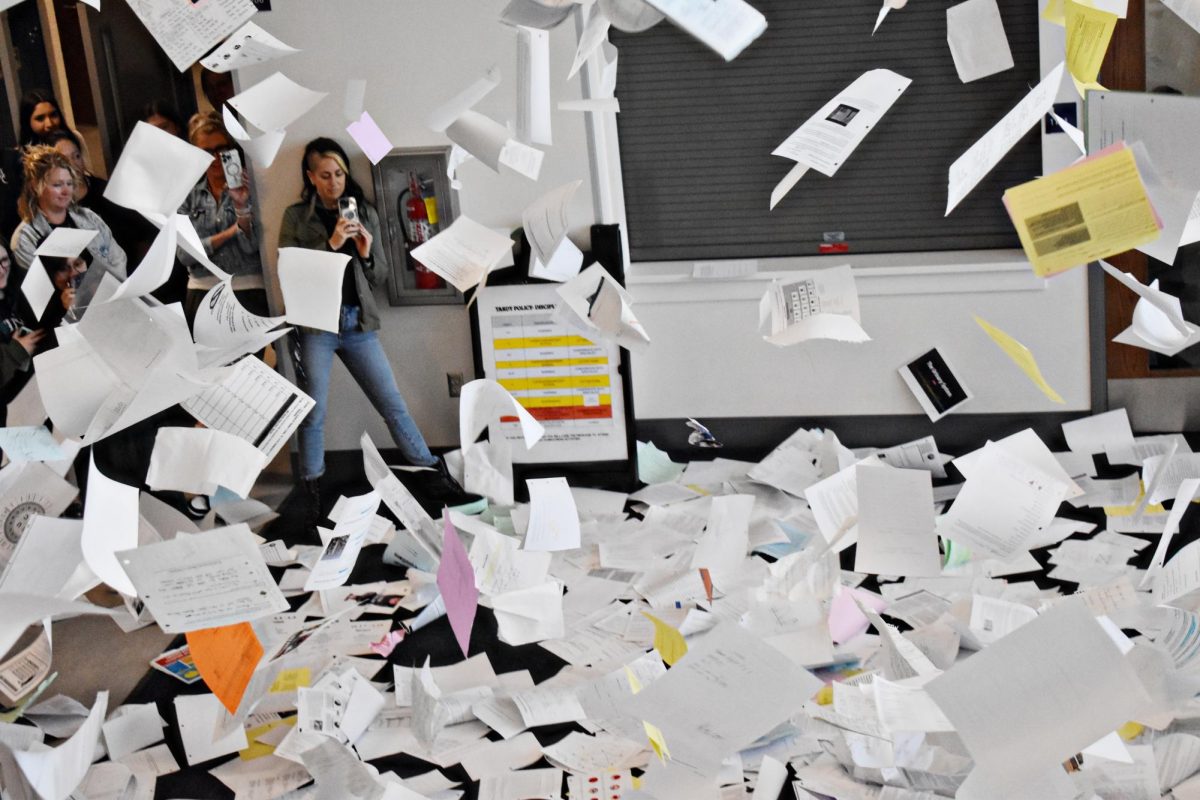Gun violence is an increasing concern in communities, with 346 school shootings in the U.S. last year. For students who are aware of these statistics, the anxiety concerning such threats lingers in day-to-day life.
In the last two years, our school has experienced two emergencies where an alarm was triggered because of a medical emergency. The pre-recorded alarm tells students and staff to clear the halls, as well as take other safety precautions. This can cause unnecessary panic, as it’s unclear what the emergency is. For many students, the worst case scenario is the first thing to come to mind.
In both instances, the alarm was triggered to make room for paramedics to come through, but neither staff nor students knew this unless they were at the site of the emergency already.
Students agree that this warning made it sound like there could have been a threat inside the building. Several teachers not only locked doors, but also turned off the lights and had students stay away from windows. This would not have been an appropriate response for paramedics coming through the building.
The second time our school heard the alarm, there was still some fear, but some knew that it was probably another medical emergency, and not a threat in the building. But this raises some concern too, because if students and staff assume a situation is less serious than it really is, they can’t respond accordingly.
Our school has five Standard Response Protocols (SRPs) for different emergency situations, sourced from iloveyouguys.org: Hold, Secure, Lockdown, Evacuate, and Shelter.
All schools in Clackamas County use these same SRPs. While the fire alarm is an instantly recognizable beeping tone, the other alarms use a voice message with instructions, sometimes indicating if it is a drill or not. For medical emergencies and any situation where the halls need to be clear, the Lockdown alarm is activated.
According to Oregon law, all schools must conduct 16 emergency drills per year: one fire drill per month, as well as two lockdown drills, two secure drills, and two earthquake drills.
Jeremy Nichols is the Safety and Security Supervisor for the West Linn-Wilsonville school district.
“While critical for school safety, we know that SRP drills can be scary or concerning for students and staff,” Nichols said. “Drills are conducted in consultation with school administration to maximize effectiveness without unnecessarily alarming students and staff.”
When drills are enacted, emails are sent to all teachers informing them of the time and nature of the drill. When non-drill SRPs are engaged it can take hours for explanation from official sources to arrive.
However, because of how these SRPs are triggered, it’s less likely that a false alarm will happen, unlike the fire alarm which can be pulled.
“The decision to initiate an SRP could be decided by a building administrator based on a situation happening at school, or based on direction from local law enforcement,” Nichols said. “Certain SRPs such as Secure or Hold might be used out of extra caution to ensure the school day and classroom learning can continue as planned with minimal interruption.”
Students voiced that while they understand that it’s not possible to have a pre-recorded voice message for every situation, but the current alarms are not specific enough. Students also voiced that it’s helpful when the recording clarifies whether it is a drill or not, and it relieves them of some fear.
We suggest that there be extra specifications in these alarms. As previously stated, students did not know what the emergency was and assumed the worst, grabbing their phones to text friends and family. Even in the West Linn neighborhood, the fear of a school shooting is still present.
Important information to know immediately would be whether or not there is a medical emergency, or a genuine threat to students and staff, as well as if it is a drill. We suggest this information be announced over the intercom as part of the alarm. Refining our SRP system has the potential to decrease anxiety rates and increase practical knowledge and preparation in the case of an emergency.
This story was originally published on wlhsNOW on February 23, 2024.

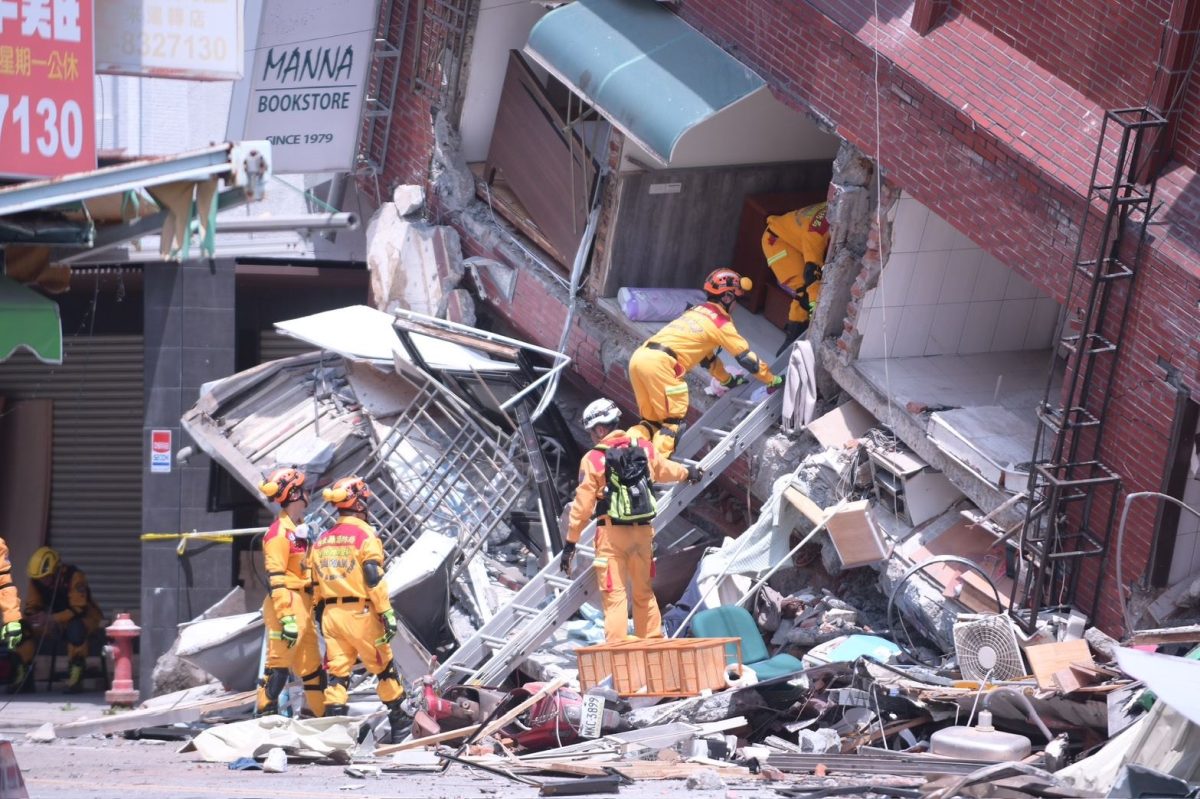
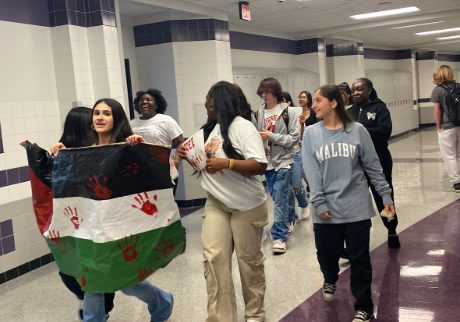


![With the AISD rank and GPA discrepancies, some students had significant changes to their stats. College and career counselor Camille Nix worked with students to appeal their college decisions if they got rejected from schools depending on their previous stats before getting updated. Students worked with Nix to update schools on their new stats in order to fully get their appropriate decisions. “Those who already were accepted [won’t be affected], but it could factor in if a student appeals their initial decision,” Principal Andy Baxa said.](https://bestofsno.com/wp-content/uploads/2024/05/53674616658_18d367e00f_o-1200x676.jpg)
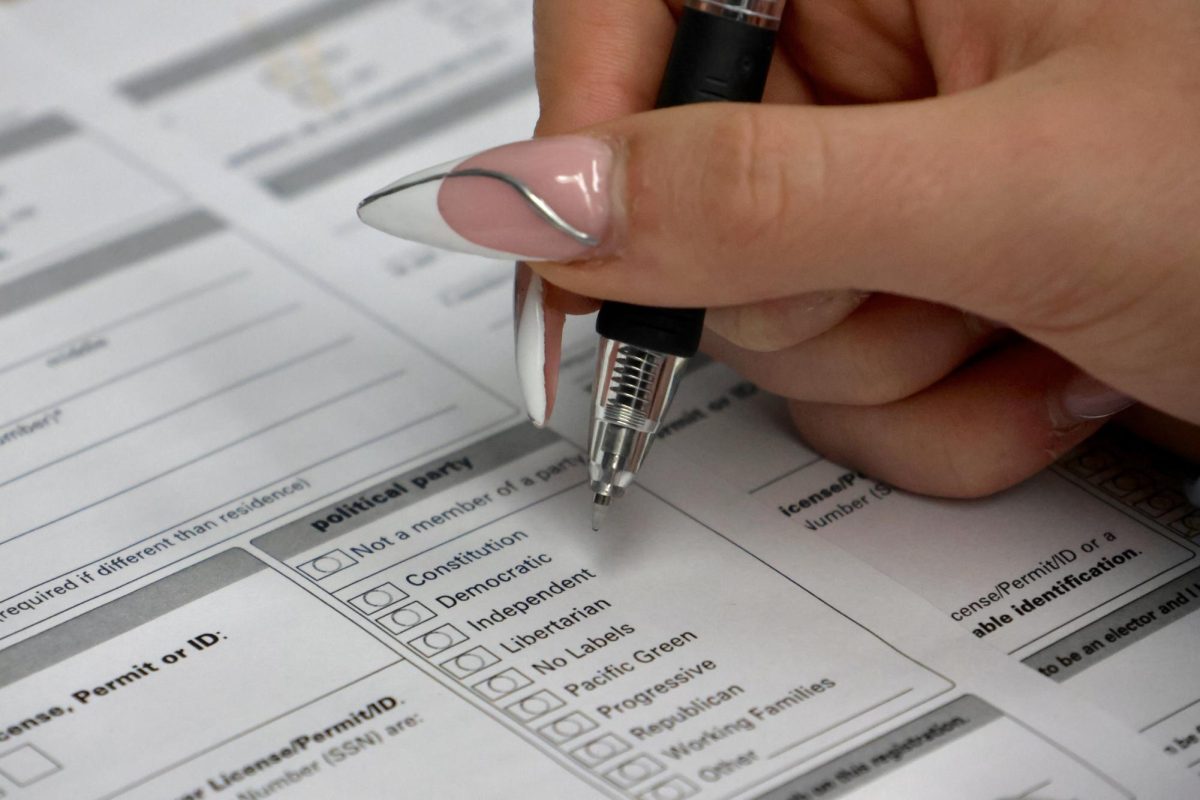




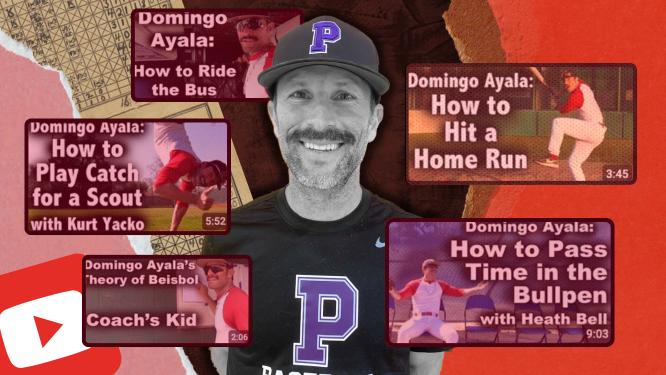
![Junior Mia Milicevic practices her forehand at tennis practice with the WJ girls tennis team. “Sometimes I don’t like [tennis] because you’re alone but most of the time, I do like it for that reason because it really is just you out there. I do experience being part of a team at WJ but in tournaments and when I’m playing outside of school, I like that rush when I win a point because I did it all by myself, Milicevic said. (Courtesy Mia Milicevic)](https://bestofsno.com/wp-content/uploads/2024/06/c54807e1-6ab6-4b0b-9c65-bfa256bc7587.jpg)

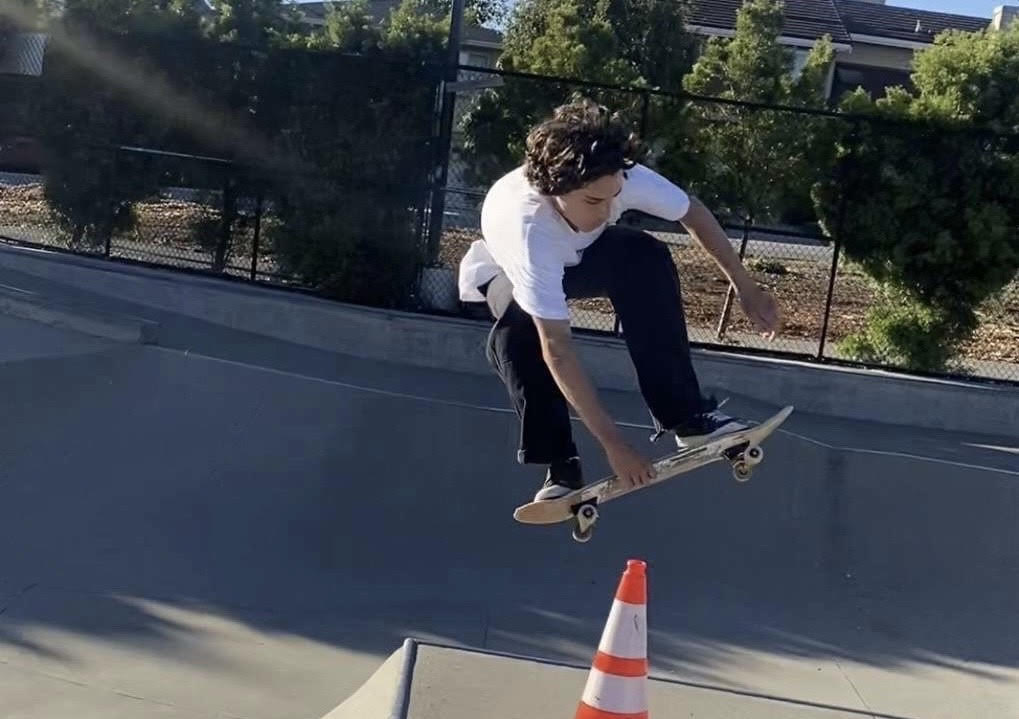



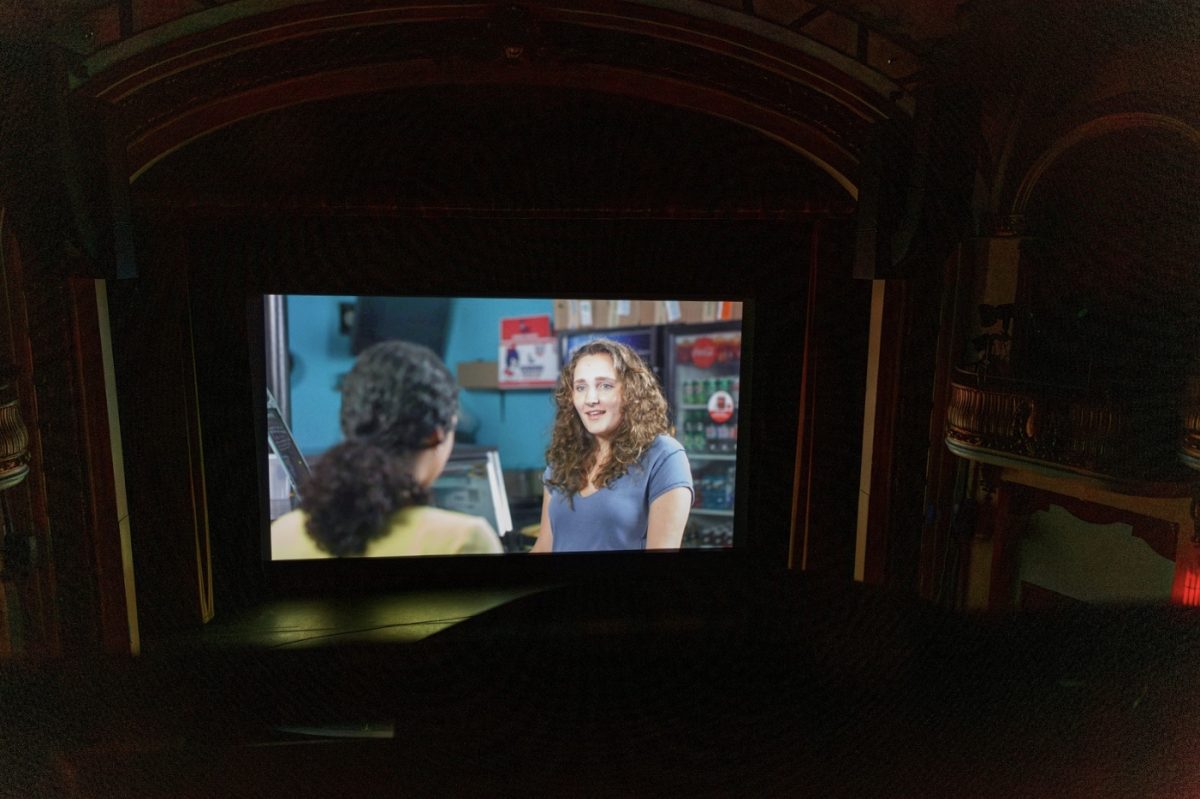

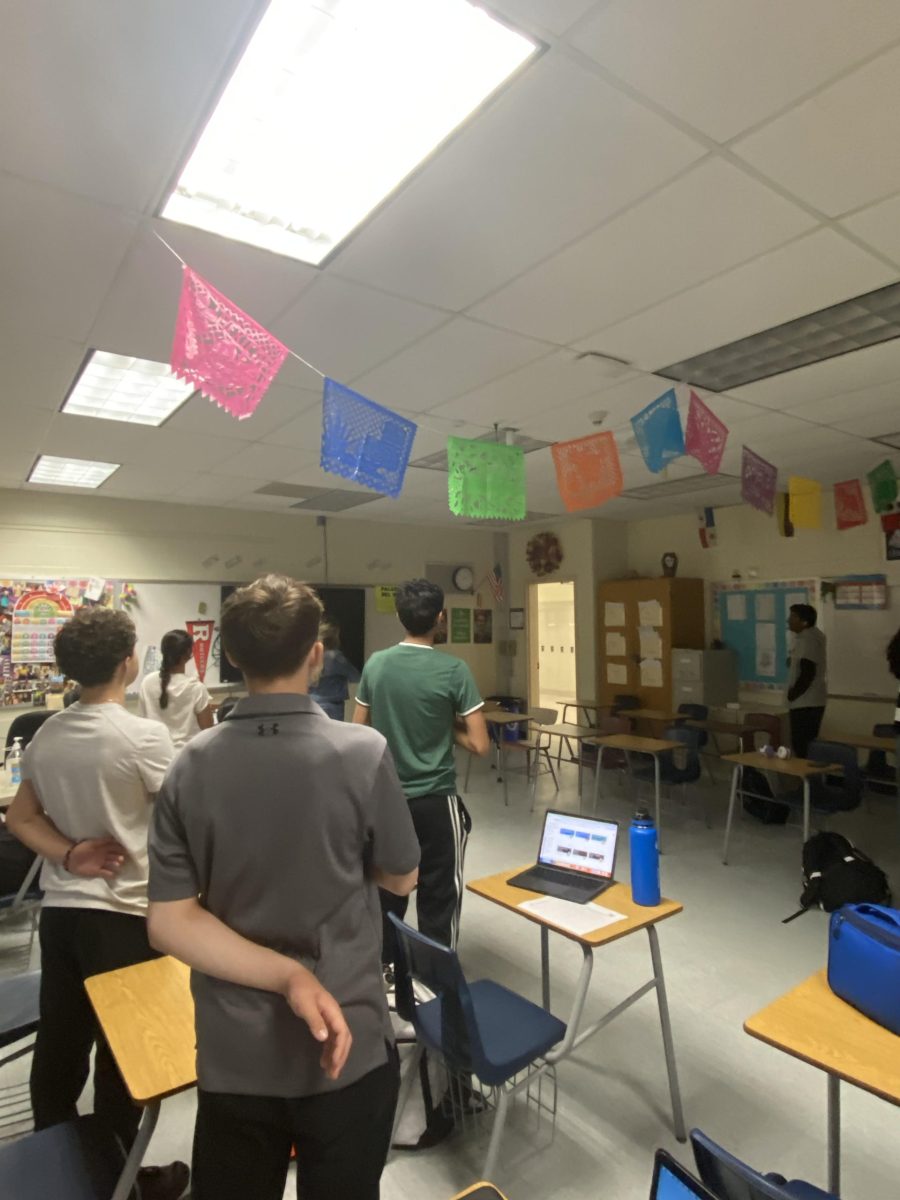
![The Jaguar student section sits down while the girls basketball team plays in the Great Eight game at the Denver Coliseum against Valor Christian High School Feb. 29. Many students who participated in the boys basketball student section prior to the girls basketball game left before half-time. I think it [the student section] plays a huge role because we actually had a decent crowd at a ranch game. I think that was the only time we had like a student section. And the energy was just awesome, varsity pointing and shooting guard Brooke Harding ‘25 said. I dont expect much from them [the Golden Boys] at all. But the fact that they left at the Elite Eight game when they were already there is honestly mind blowing to me.](https://bestofsno.com/wp-content/uploads/2024/05/IMG_7517-e1716250578550-900x1200.jpeg)






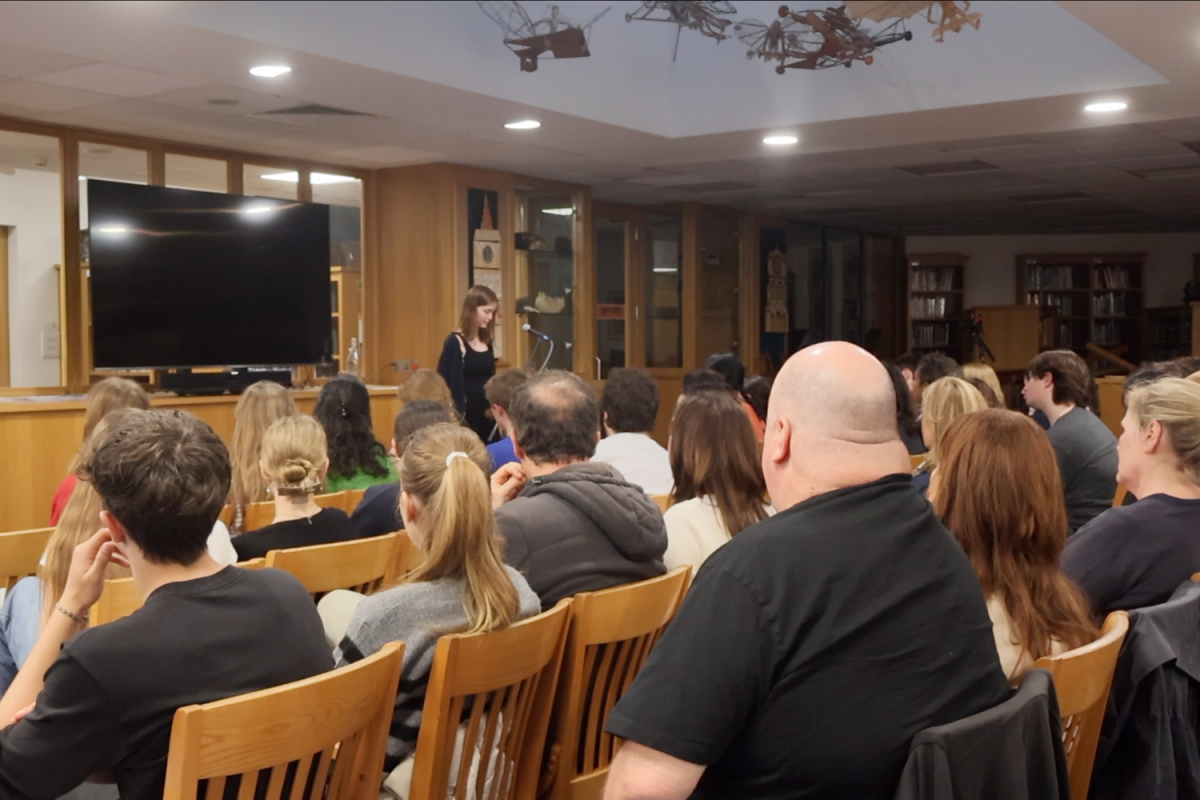


![BACKGROUND IN THE BUSINESS: Dressed by junior designer Kaitlyn Gerrie, senior Chamila Muñoz took to the “Dreamland” runway this past weekend. While it was her first time participating in the McCallum fashion show, Muñoz isn’t new to the modeling world.
I modeled here and there when I was a lot younger, maybe five or six [years old] for some jewelry brands and small businesses, but not much in recent years,” Muñoz said.
Muñoz had hoped to participate in last year’s show but couldn’t due to scheduling conflicts. For her senior year, though, she couldn’t let the opportunity pass her by.
“It’s [modeling] something I haven’t done in a while so I was excited to step out of my comfort zone in a way,” Muñoz said. “I always love trying new things and being able to show off designs of my schoolmates is such an honor.”
The preparation process for the show was hectic, leaving the final reveal of Gerrie’s design until days before the show, but the moment Muñoz tried on the outfit, all the stress for both designer and model melted away.
“I didn’t get to try on my outfit until the day before, but the look on Kaitlyn’s face when she saw what she had worked so hard to make actually on a model was just so special,” Muñoz said. “I know it meant so much to her. But then she handed me a blindfold and told me I’d be walking with it on, so that was pretty wild.”
Caption by Francie Wilhelm.](https://bestofsno.com/wp-content/uploads/2024/05/53535098892_130167352f_o-1200x800.jpg)

